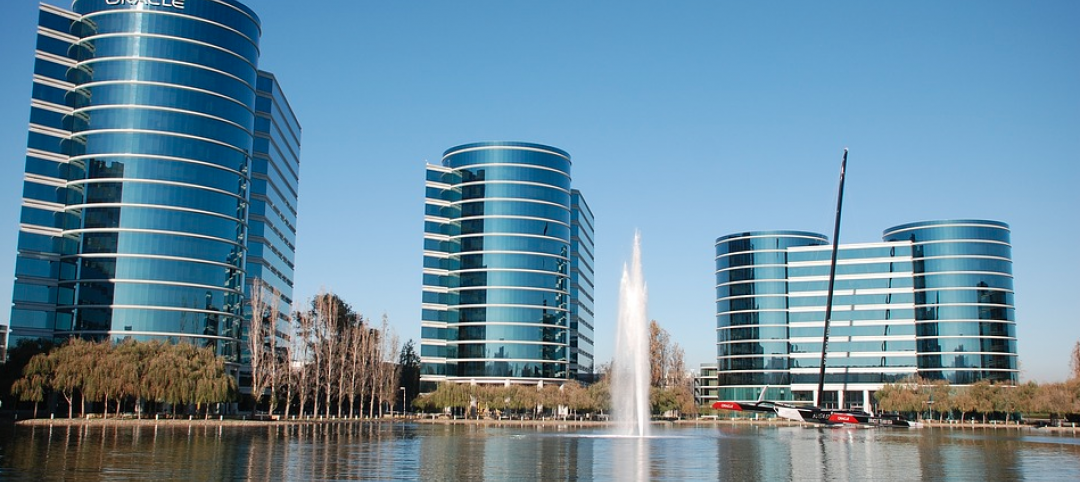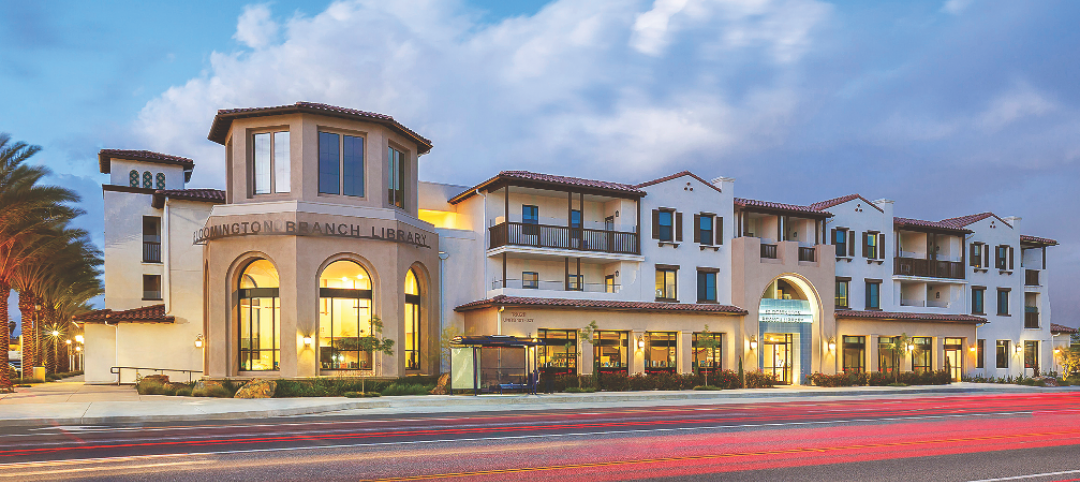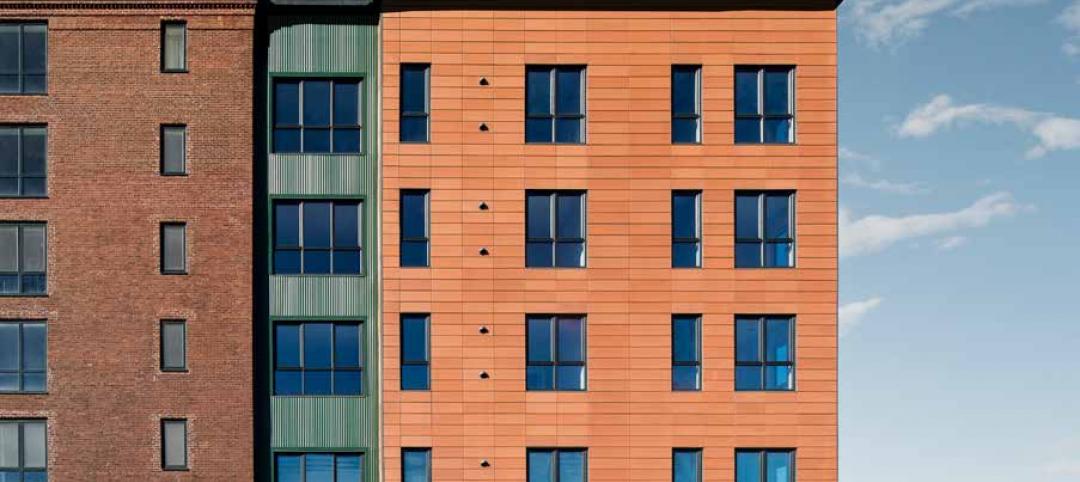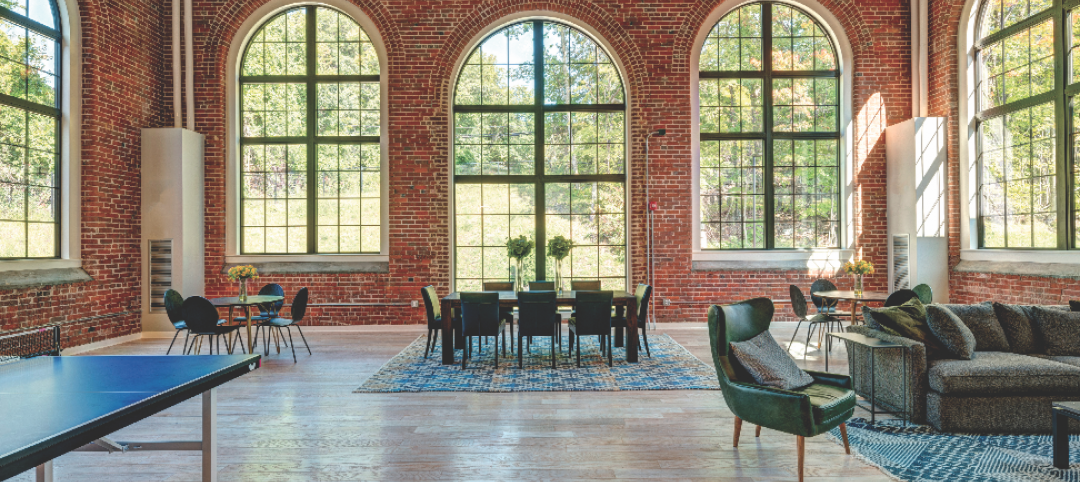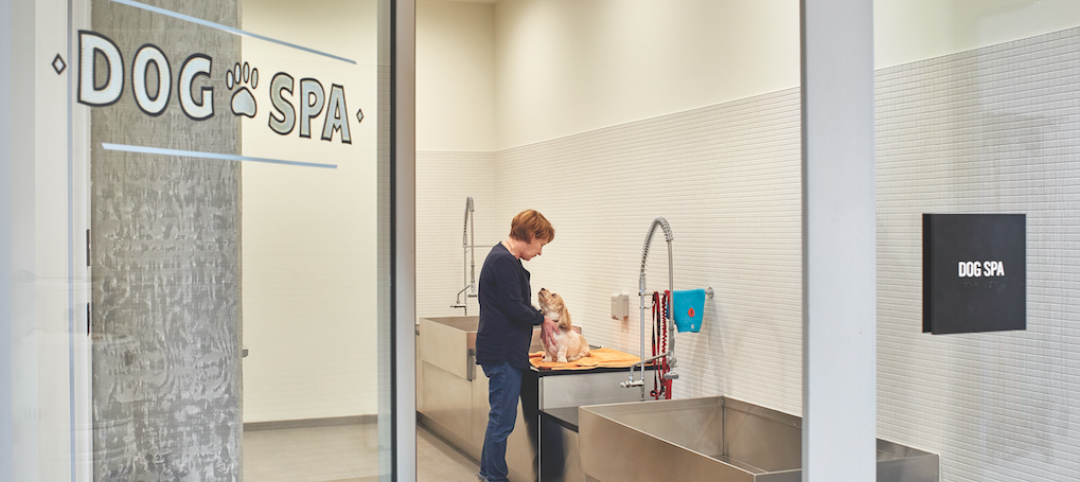Last January, a survey of 10,237 U.S. adults, conducted by Pew Research Center, found that 8% had installed solar panels on their homes, and another 39% had given serious thought to installing solar panels within the previous 12 months.
However, the growth in solar energy alternatives has been mostly confined to commercial buildings and to single-family detached households. Lower-income households, which represent 43% of the U.S. population, are more likely to reside in multifamily buildings that don’t have the mechanical/electrical infrastructure to distribute rooftop-captured solar energy to individual apartments.
Allume Energy is looking to change that. The Australia-based company, with offices in Los Angeles, recently completed its first successful U.S. deployment of SolShare, the company’s shared solar energy technology. Its pilot in the U.S. is a complex in Orlando, Fla., where Allume has connected 65 apartments. Another smaller project in Jackson, Miss., has nine apartment connections. In Jackson, the local utility lowered the application cost because the building caters to lower-income tenants.
Controlling the energy flow

Here’s how SolShare works: Energy from a rooftop solar array flows into the building’s inverter that changes the energy to AC electricity. The inverter sends the electrical current through the SolShare unit to grid meters that are hooked up to apartments. (One SolShare unit can feed up to 10 grid meters.) The electrical distribution moves among the grid boxes several times per second, so when one meter is configured with limits for a particular tenant, the incoming energy gets allocated to the other meters. Any overflow can be sold back to the local energy grid.
Melissa Bergsneider, an executive account manager for Allume Energy, explains that prior to the introduction of the SolShare solution, most landlords were distributing solar energy only to their buildings’ common areas, like a lobby or gym. Those that have been delivering solar energy to apartments were faced with the challenge of how to divide the energy if, for example, a tenant goes on vacation, or an apartment unit is vacant.
SolShare, on the other hand, is “behind the meter,” and its software lets tenants monitor the energy usage. Landlords can still set the rules for how solar energy is allocated throughout the building. One of the advantages of this system, she says, is that it can connect as many apartments as needed. And unlike other so-called “social” solar systems, SolShare provides solar energy at the point of generation rather than exporting it back to the grid.
Allume Energy, which has been in business since 2015, has found that SolShare is reducing tenants’ energy bill, on average, by 30-35%. Bergsneider says that some landlords have been offering Solar as a Service, and are charging tenants a monthly fee for access.
Tax credit boosts demand
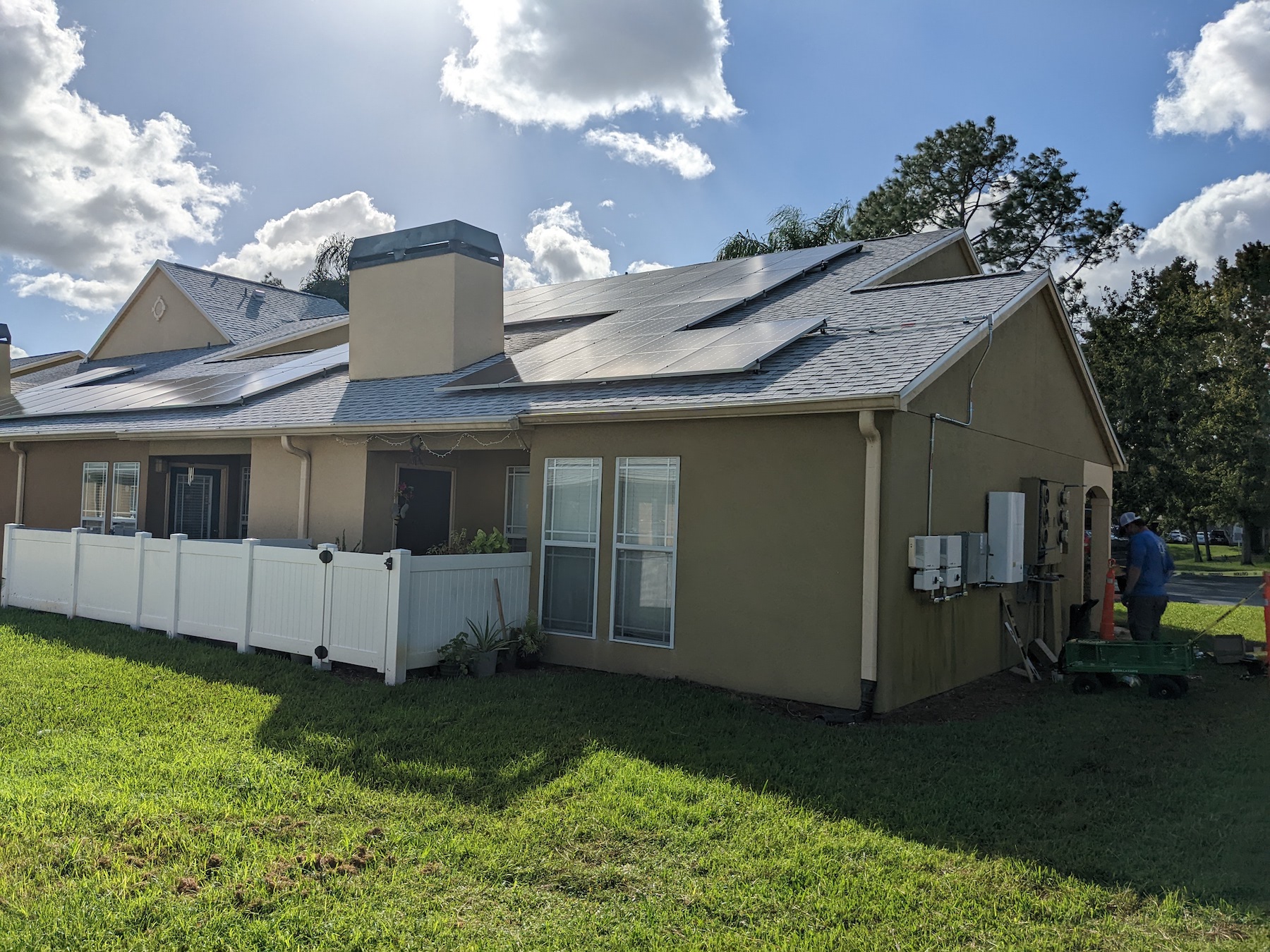
Bergsneider declined to disclose SolShare’s cost. She does note, though, that on past projects, SolShare accounted for between 6% and 8% of the total system installation.
Allume Energy’s primary target is low-rise attached rental houses, although it has installed SolShare in mixed-use buildings with commercial tenants. Most of SolShare’s demand is for retrofitting existing buildings, and Allume has been working with solar installation partners; the company has a training program, and a team member is on site for each installation.
Bergsneider attributes demand to the Solar Investment Tax Credit, which offers a 30% credit for individuals installing solar systems on residential properties. This tax credit was extended as part of the August 2022 passage of the Inflation Reduction Act. Bergsneider says there’s a 20% “adder” credit for properties with lower-income residents.
SolShare also helps developers and landlords decarbonize their buildings as part of their Environmental, Social, and Governance goals.
Currently, Allume Energy is focusing its expansion on the Southeast in the U.S. It has also been getting interest for SolShare from building owners in the Northeast and West Coast. Internationally, Allume Energy is targeting Australia, New Zealand, and the United Kingdom.
Related Stories
| May 30, 2018
Accelerate Live! talk: From micro schools to tiny houses: What’s driving the downsizing economy?
In this 15-minute talk at BD+C’s Accelerate Live! conference (May 10, 2018, Chicago), micro-buildings design expert Aeron Hodges, AIA, explores the key drivers of the micro-buildings movement, and how the trend is spreading into a wide variety of building typologies.
Codes and Standards | May 30, 2018
Silicon Valley cities considering taxes aimed at large employers
The aim is to offset the impact on housing costs and homelessness by tech companies.
Multifamily Housing | May 30, 2018
Concentrated redevelopment: Apartment complex takes mixed use to the next level
An “intergenerational” mixed-use apartment complex may be a prototype for reenergizing neglected neighborhoods in America’s largest county.
| May 24, 2018
Accelerate Live! talk: Security and the built environment: Insights from an embassy designer
In this 15-minute talk at BD+C’s Accelerate Live! conference (May 10, 2018, Chicago), embassy designer Tom Jacobs explores ways that provide the needed protection while keeping intact the representational and inspirational qualities of a design.
BD+C University Course | May 24, 2018
Building passively [AIA course]
17 tips from our experts on the best way to carry out passive house design and construction for your next multifamily project. This AIA CES course is worth 1.0 AIA LU/HSW.
Multifamily Housing | May 23, 2018
Yankee Dandies: Century-old New England mills become multifamily residences
Having long outlived their original uses, two century-old New England mills have become valuable community assets once again—as multifamily residences.
Multifamily Housing | May 16, 2018
Pampering the pups: Why dog-washing stations are a must-have in multifamily developments
Self-serve dog-washing stations are reinforcing strong bonds between multifamily residents and their beloved canines.
Mixed-Use | May 16, 2018
Los Angeles mixed-use building uses prefabricated wood frame to reduce costs
SPF:architects designed the building.
Multifamily Housing | May 14, 2018
Yardi Matrix report shows U.S. rent surge in April
Year-over-year rent growth leaders in April were Orlando, Fla., Sacramento, Calif., Las Vegas, Tampa, Fla., and Phoenix.
Multifamily Housing | May 9, 2018
6 noteworthy projects: Transit-oriented rental community, micro-unit residences, and an office tower becomes a mixed-use community
These six recently completed projects represent some of the newest trends in multifamily housing.



